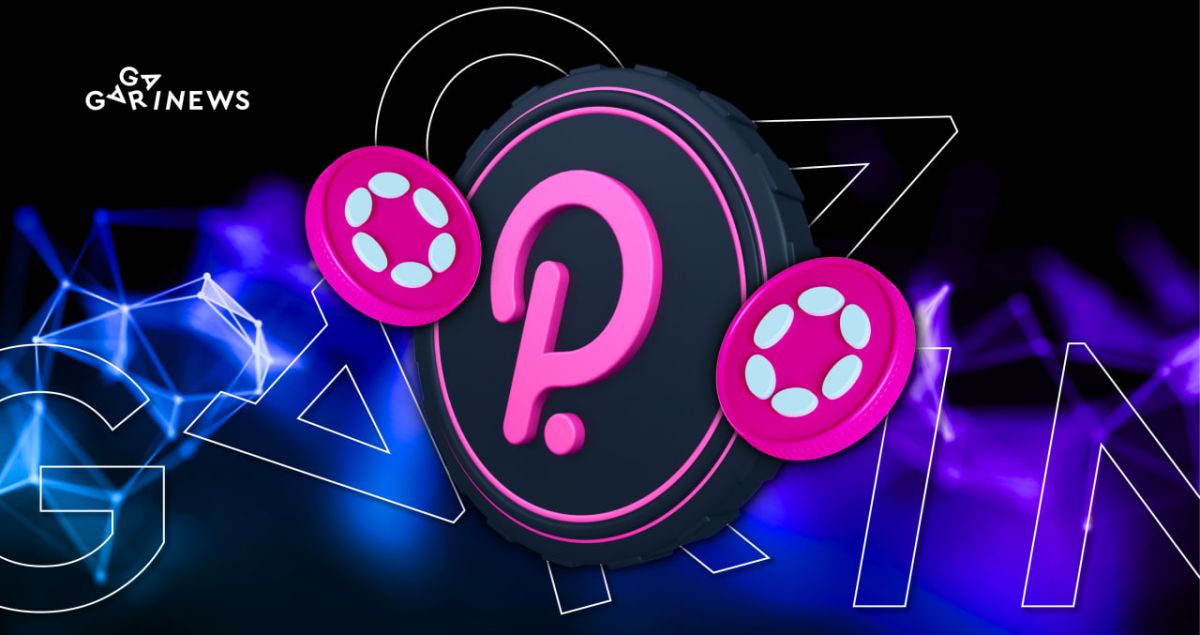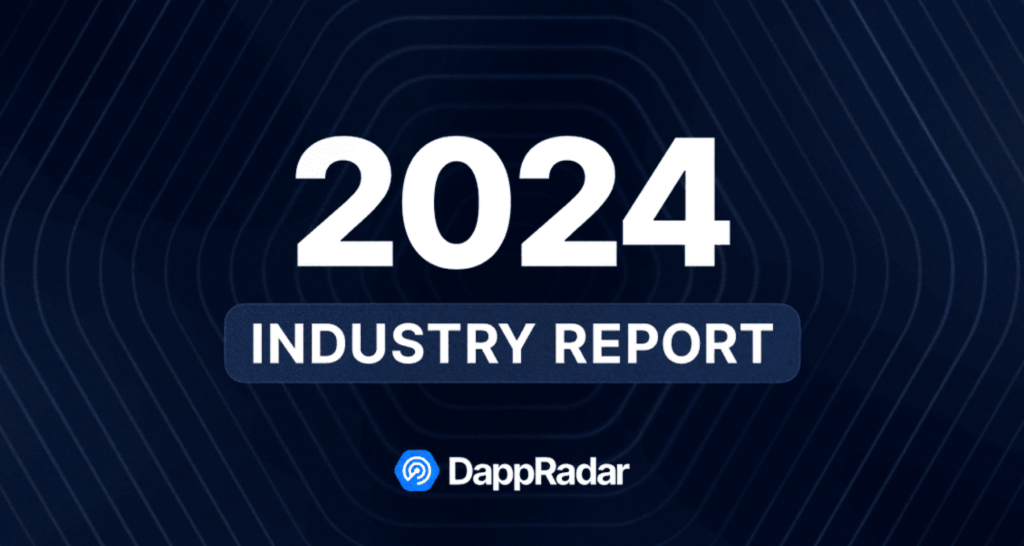Polkadot blockchain project overview

Polkadot is a cryptocurrency network aiming to build bridges and interactions between blockchains.
On this page
The Bitcoin and Ethereum blockchains have different approaches and goals. Polkadot is designed to increase their “compatibility” and interaction within a single “multi-blockchain”.
We have prepared a detailed guide to the implementation of interconnection building with Polkadot.
History of development
Polkadot was created by Dr. Gavin Wood. He is one of the co-founders of the Ethereum blockchain. Wood developed the first code for this network, wrote its configuration, and created the Solidity programming language, which is now used by most cryptocurrency projects based on smart contracts.
On January 11, 2016, Gavin Wood left Ethereum because the project didn't live up to his expectations. The development of Polkadot began in the summer of 2016, and in October, Gavin and his colleague Marek Kotewicz presented the first draft version of the Polkadot whitepaper.
A year later, they created non-profit organization Web3 Foundation, which was engaged in distributing funds from investments in the future blockchain. Polkadot is designed to solve two main problems of other networks:
- Improve scalability;
- Eliminate the isolation of each blockchain that exists and operates separately.
Investment rounds
The first token sale was held in 2017. It raised $145 million. Two years later, the Web3 Foundation held an additional round, selling 500,000 DOT coins.
According to Crunchbase, Polkadot has raised $293.7 million in 11 rounds of investment. 30 different funds, institutional investors, and companies financed the project, including Kosmos Ventures, Krenex Capital, James Sowers, Hashkey, and Mapleblock Capital. The projected capitalization of Polkadot before the listing was estimated at $1.2 billion.
Polkadot investment statistics (Crubchbase)
Blockchain mechanism
Technologically, the Polkadot blockchain is built with the following main parts:
Relay Chain – the core network of Polkadot, a multi-blockchain formation core, that will interact with other networks and connect with parachains;
Parachains – individual blockchains that carry out transactions and are connected to the Polkadot network. These blockchains are the first link that connects the Polkadot network to other blockchains.
Bridge Chain is a special bridge that connects the Polkadot network with blockchains of a different architecture (e.g., Bitcoin, Ethereum, or Solana).
Mechanism of interaction between Relay Chain, Polkadot parachains, and other blockchains (Whitepaper)
The mechanism may seem complicated at first glance. To put it simply, Polkadot has a main network surrounded by parachains, programmed explicitly for each network they will interact with. Parachains are bridged and connected to all other networks, creating a large decentralized chain.
Consensus Algorithm
Polkadot uses a basic Proof-of-Stake algorithm. Despite this, the concept of blockchain with the parachains creates a number of features that are present in the consensus algorithm:
■ Nominators. These network members pay a deposit for the validator, which is necessary to implement its activities. The nominators themselves do not verify transactions;
■ Validators process transactions across all parachains, not just the Polkadot network. The work distribution occurs randomly. The validator must make a deposit to get started (done by the nominator).
Thus, Polkadot operates on a hybrid Nominated Proof-of-Stake (NPoS) algorithm.
Parachain Auctions
First, creating a Polkadot parachain is relatively easy, thanks to the Parachain Development Kits (PDK). It is a built-in development environment with all the tools to create a separate parachain. Various PDKs such as Substrate or Cumulus make it easy to connect with Polkadot and create a parachain.
Secondly, for a full-fledged launch, the parachain must win the auction. This is an event where users contribute their DOT, thereby voting for the launch of the parachain they are interested in. All participants in parachain auctions receive new project tokens after the release of the network. The DOTs in this formula are not burnt but are blocked for 96 weeks (2 years). We covered this crowd loan and parachain auctions process in a separate article.
In addition, before launching their parachain auctions, Polkadot did some tests on the Kusama network. This Polkadot prototype was built to pre-validate all solutions ported to the mainnet. Compared to standard testnets, Kusama is a full-fledged main network with its own KSM cryptocurrency. So for any action on this blockchain, you will have to pay real money.
Currently, 33 parachains have been implemented on the Polkadot blockchain and 42 on Kusama.
Participation page for parachain auctions on Polkadot and Kusama
DOT cryptocurrency
The DOT token on the main network performs many functions. DOT coins are required to pay transaction fees, and to manage protocol and parachains. The tokens are also distributed to active market participants through the staking process. Here are the main characteristics of the asset:
- No maximum supply;
- The circulating supply is 1.2 billion DOT;
- DOT price – $5.77;
- Market cap – $6.8 billion;
- The daily trading volume is $404 million.
The DOT cryptocurrency is traded on the WhiteBIT, KuCoin, Kraken, Huobi, Gate, and Coinbase exchanges. The complete list of trading platforms can be found on the Coingecko and Coinmarketcap websites in the “Markets” section.
DOT token exchange rate dynamic
Current development
The DOT's all-time high price was set on November 5, 2021, at $54. Since then, the price of the asset has dipped by 95%.
Parachain auctions were supposed to be an incentive to reduce the DOT supply. If the user makes a profit from the newly released parachain's coins, he will keep DOT in the rent slot, and these coins will not be sold. Due to the bear market, users do not invest in new projects on Polkadot and immediately withdraw funds after the lock-up period to sell them at the market price.
This is about the prospects of the token. Speaking about the network, the project is developing at the promised pace, and although parachains collect a small amount of funding, they are still developing and entering the market. Likely, Polkadot is still a long way off from reaching its full potential, as integrating bridges between networks and developing individual blockchains is a long process that can take years or even decades.
The content on The Coinomist is for informational purposes only and should not be interpreted as financial advice. While we strive to provide accurate and up-to-date information, we do not guarantee the accuracy, completeness, or reliability of any content. Neither we accept liability for any errors or omissions in the information provided or for any financial losses incurred as a result of relying on this information. Actions based on this content are at your own risk. Always do your own research and consult a professional. See our Terms, Privacy Policy, and Disclaimers for more details.






























